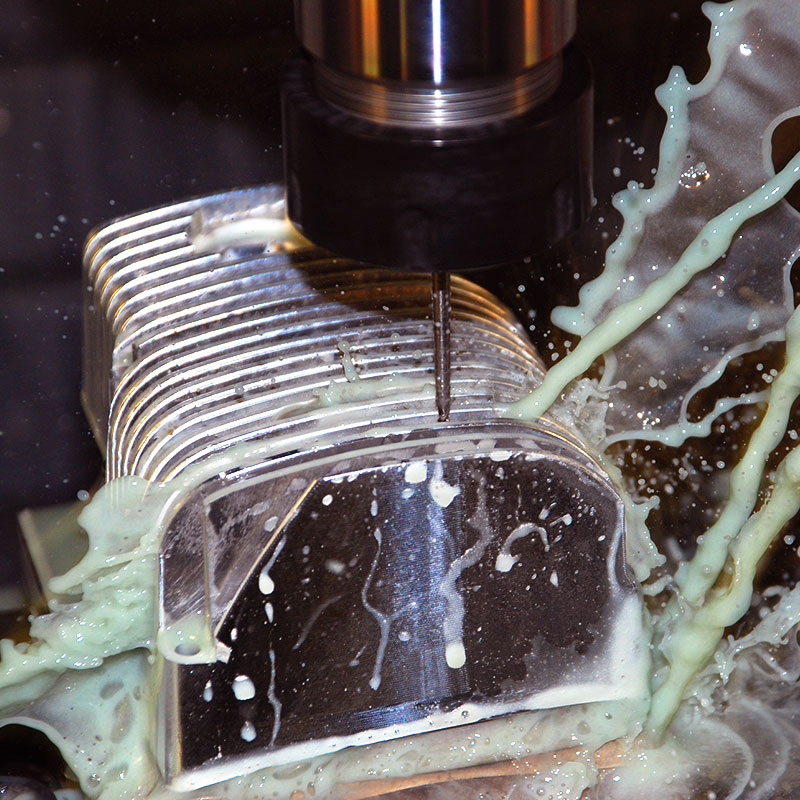There are different options in sizes and capabilities for hydraulic cylinders, and each application will have specific requirements. However, when there is a need for a long stroke in a compact space, the telescopic hydraulic cylinder offers a lot of important advantages.
Overall Design Benefits
Different manufacturers and different styles of these hydraulic cylinders can actually collapse to between twenty to forty percent of their extended length. This is very different than a standard hydraulic cylinder where, by design limitations, the extended length of the cylinder will always limit the collapsed size. This is because the rod has to fit into the body of the cylinder.
To overcome this limitation, having the rod telescope allows for additional height for lifting or distance for pushing. The cylinder is also designed with the base section of the telescopic component the largest, fitting into the bore. The next section is smaller in diameter and so on, allowing each section of the telescoping rod to nest inside the next lower section.
The Specifics
The first and largest section of the telescopic hydraulic cylinder is called the barrel, or sometimes the main. The next section or sections to the last section are known as the stages, regardless of how many are in the system. The final or end component of the cylinder that attaches to the component to lifted or pushed is known as the plunger.
Each section from the barrel through the stages to the plunger completes its full stroke before the next section telescopes out. This allows for complete control over the movement of the telescoping sections. The entire process is reversed when the cylinder is retracted, with the plunger fully nesting into the next section before it begins to move and so one. When the final section retracts into the base, the cycle is complete.
Single or Double Acting
Basically, a single and double-acting telescopic hydraulic cylinder will work the same as any other similar rod type of cylinder. With the single action, there is only pressure through hydraulics used to raise the cylinder; it retracts due to force and gravity.
With a double-acting telescoping cylinder, it is raised by hydraulic pressure and also lowered by pressure. This is typically not required in most applications, and single-acting cylinders are far more common.
Additionally, there are different mount options with these cylinders. Choosing the right option is a function of the setup of the system. Cross tube and Trunnion mounts on these cylinders provide a cylinder option for any application.


